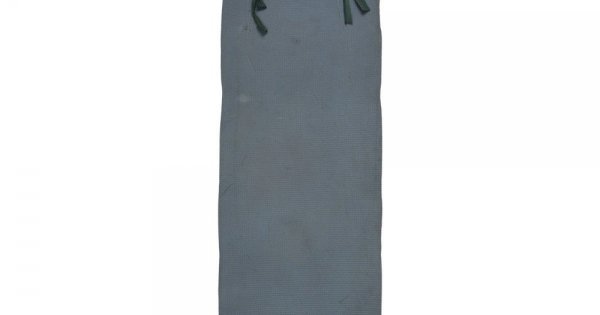Yes, that's surely the usual experienced civil answer, and as far as I see also current NATO standard. A good compromise between security and comfort.
I use such a combination in 3 seasons conditions too, the very thin German army folding mat and a Klymit Inertia O-Zone Recon Sand air mat. The closed cell foam mat protects the comfortable and relatively expensive airmat against the ground and functions as a life boat should the airmat give up.
But I have to tell you, that it depends on the ground hardness and temperature if I use the airmat. I often leave it in the rucksack. I am used to sleep on hard ground because I did it all my life. I bought the airmat mainly for French camping grounds that I use very often on my professional journeys. There I find very often disgusting little stones on a surface that's hard like concrete. Wild camping I don't need an airmat for comfort. Because the German army mat is pretty thin I need the airmat sometimes as additional protection against the cold ground, especially on touristic camping grounds where twigs are no option.
Another point is, that we have nearly exclusively pine forests around Berlin, often one can't find hardwood for the fire.
So the risk to destroy an airmat with sparks is relatively high if one sleeps next to the fire. A long lasting selfinflating airmat isn't cheap as you know.
And the third point is, that I currently try to construct a rucksack in rucksack equipment.
I try to put my 34 litres rucksack equipment, 6 kg base weight, usable for me down to the freezing point on several month long journeys, into a 110 litres rucksack with the additional winter equipment.
I would have Defcon 5 military poncho, Snugpak Special Forces 1 sleeping and bivvy bag, German army folding mat (as sit pad too) and Klymit airmat with me in the 34 litres 3 seasons rucksack, that I try to fit packed into the 110 litres rucksack that contains Snugpak SF2 sleeping bag, Hilleberg Nallo 2 tent and probably the Dutch army roll mat together with some winter clothing.
No idea if this will be still portable in the end, but I think so. I guess I just have to figure out how that can be done exactly.
Like this I could leave the large rucksack with the winter equipment somewhere during a long journey and spend the summer just with the small one, than pick up the large one, put the small one into it and continue in colder weather conditions. My journeys aren't linear, I travel more in figure 8 shape around Cologne where is located the office of my concert agency. And there I could leave my large rucksack during the summer.
As you see, that's more my personal minimalistic and nomadic lifestyle than a shorter recreational hiking tour. And apart from the fact that I keep my stuff easily portable, I don't really plan to walk really long distances with the heavy version.
Let's say I am a free time hiker but a professional backpacker.
And here comes point No4 into the game:
I destroy even pretty long lasting civil stuff in a relatively short time, because I use it every day without intermission.
One doesn't need to sleep on an airmat to set it under stress, it's surely enough to carry it around every day.
The German Army boots that usual soldiers can use for 2 years last only 6 month in my use. Before the Corona lockdown I really walked and travelled a lot, nearly all the year round.
I need nearly the most long lasting equipment that exists, because even equipment of well known high quality brands falls in pieces within a few month in my use. After I replaced a lot of my old military equipment with modern lightweight equipment, I binned most of it and digged out my old stuff.
I slowly get the impression that equipment without NATO stock number is no good idea for me.


